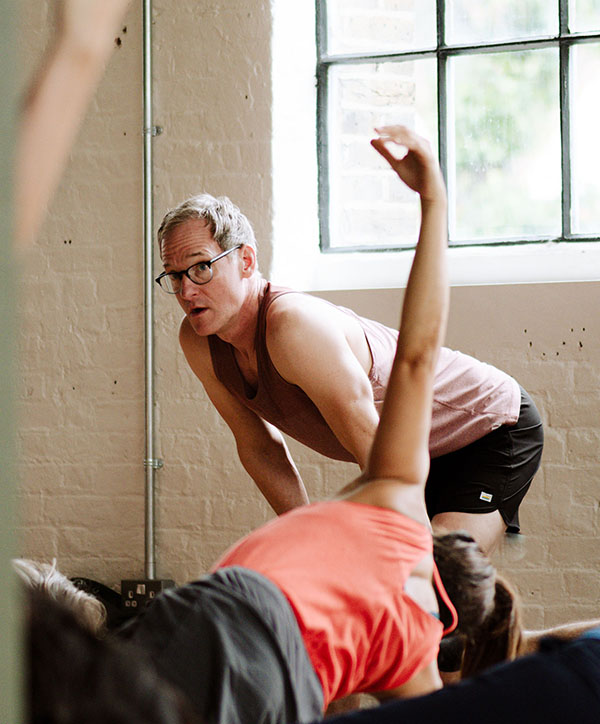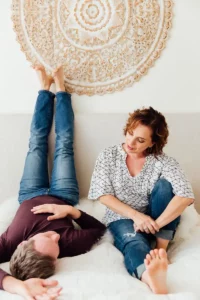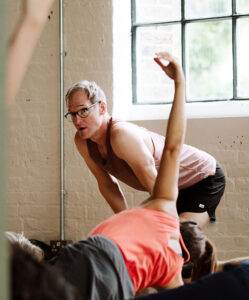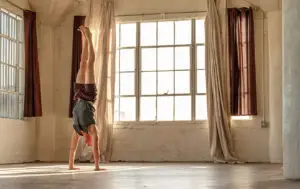In this episode, Jason dives deep into one of the most overlooked — and often overwhelming — skills in yoga teaching: verbal communication. Whether you’re a new teacher still getting comfortable saying anything aloud, or a seasoned instructor trying to say less with more impact, this conversation is full of practical insights.
You’ll learn how to refine your voice, distill your message, and create space for your students to absorb and respond.
Highlights from the episode include:
- Why saying less often helps students learn more
- The #1 mistake yoga teachers make with verbal cues (and how to fix it)
- What Jason learned from Andrea’s editorial red pen ✏️
- How to pair your cues with your sequence (and why this skill takes time to develop)
- What “over-teaching” looks like and how to avoid it
- Minimizing jargon (and when it’s okay to use it)
- Managing up-speak and down-speak for clarity and confidence
- Using story, metaphor, and analogy to keep teaching engaging
- The hardest skill of all: being yourself, even while giving commands
👉 Learn more about Jason’s 200-hour YTT and 300-hour YTT. Module Two of the 300-hour starts in early August!






